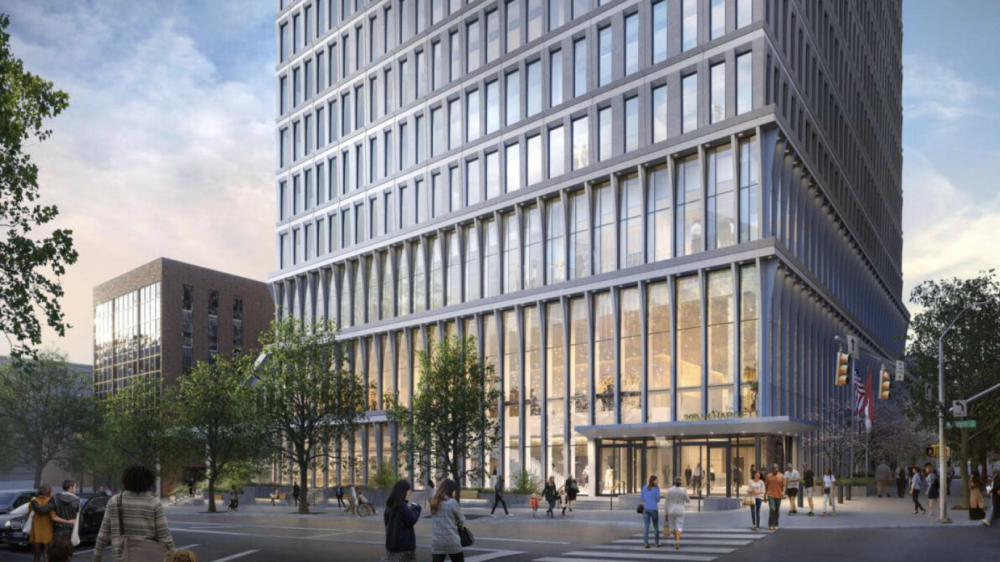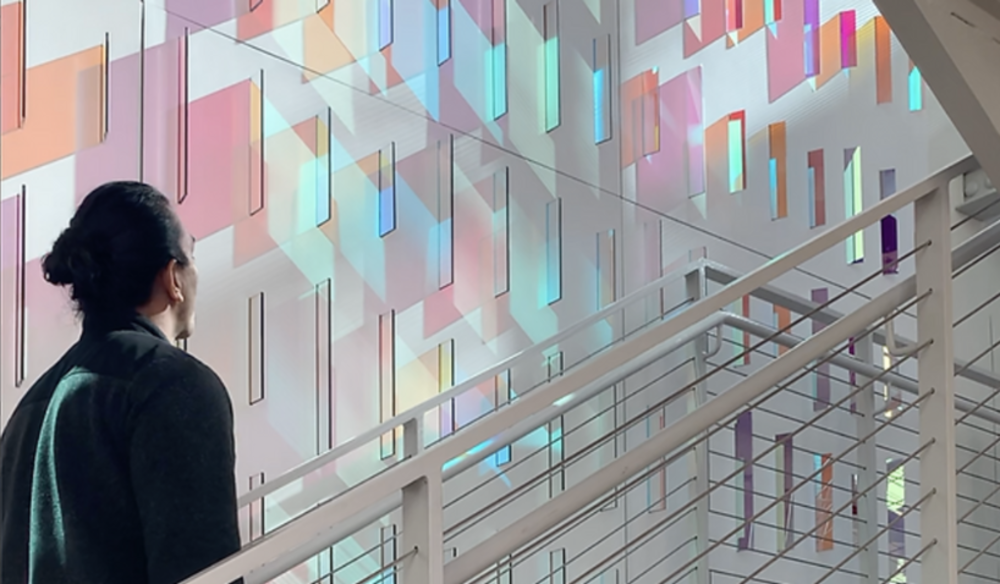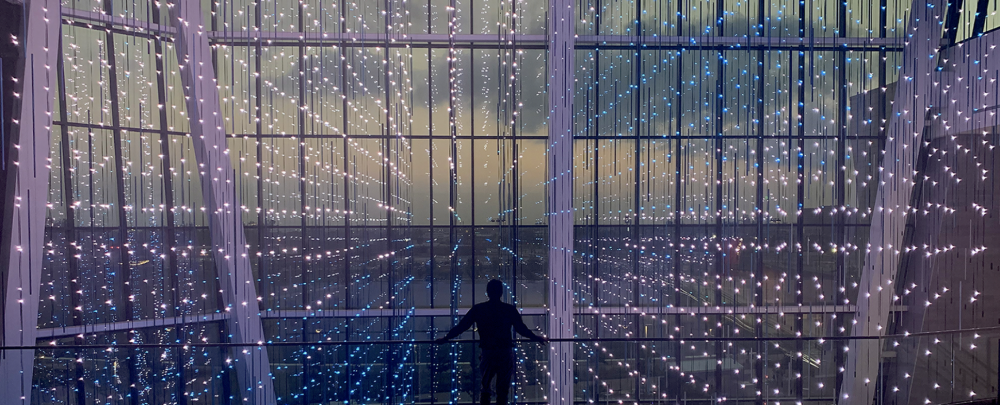Public Art in City Hall
Public Art in City Hall
This public art project is part of the Percent for Art program and will be integrated into Raleigh's new City Hall.
Project Details
Learn how Raleigh is evolving it's new City Hall! The first phase includes a new multi-story civic tower to consolidate all downtown staff into one building.
Our goal is to make a key investment in our facilities so that we continue to provide excellent customer service to residents and offer a collaborative, dynamic workspace for employees. The new campus will focus on security, safety, accessibility, and efficiency.
The public art is part of the Percent for Art program and is being integrated into Raleigh's new City Hall.
About the Artist
Susan Narduli is an artist who works at the intersection of art, media, technology and architecture. She leads an interdisciplinary art studio with a focus on design research and is director of experiential and interactive projects for Cheeky Films.
Narduli has a Bachelor of Fine Arts and Master of Architecture from UCLA's School of Architecture and Urban Design. Narduli Studio has received many awards throughout the years, including the Americans for the Arts Year in Review PAN Award in 2017, 2012 and 2010, a CODA Merit Award. Prior to having her own studio, Narduli worked as a project designer for Frank Gehry, collaborated on public art projects with Liz Larner and partnered with Gemini GEL founder Elise Grinstein.
About the Artwork
The interactive light installation for the City Hall lobby is an artwork of the 21st century that learns and evolves with its environment. The artwork will exist in two realms: the physical environment experienced through sight and the virtual environment experienced through sound.
The LED light installation will be suspended from the ceiling in the two-story lobby, winding up the Grand Stair. The fluid form will be a warm, welcoming gesture at the entry and public terrace that’s visible from Hargett and McDowell Streets.
The interactive component of the work is a grid of programmable LED lights connected to a stream of Open Data Portals, illuminating the ongoing activity of the city.
Realtime and archival data from data.raleighnc.gov will determine how the lighting moves in the artwork. Braille signage within the building and a link/code on project related sites is the threshold to the virtual environment that allows the viewer to explore the artwork and data generated space.
In addition to the LED light strands, sculptural elements clustered to represent a willow oak canopy floats within the light structure. Through a process of 3D mapping, the artist will create a digital landscape of the Willow Oak. The Willow Oak was selected for the landmark Willow Oak that graced Nash Square from the late 1800s until 2019.
About Raleigh Public Art
Mission: To create and integrate diverse artworks into Raleigh's landscape in order to establish a vibrant visual environment that provides public places with civic distinction, as well as fostering meaningful connections between people and place.
History: In 2009, the City of Raleigh adopted ordinances creating the Percent Art Program. The program allocates 1% of funds from capital construction projects for public art. Public art associated with City of Raleigh construction projects is managed by the Raleigh Arts Office. More information about Raleigh Arts can be found at https://raleighnc.gov/raleigh-arts
Capital Improvement Projects that meet the Percent for Art Ordinance standards, such as this one, are eligible to use 1% of construction funding for Public Art. Inclusion of aesthetics and artwork is an investment in our communities, with a focus toward community identity and equity in quality of life. Communities gain cultural, social, and economic value through public art.



